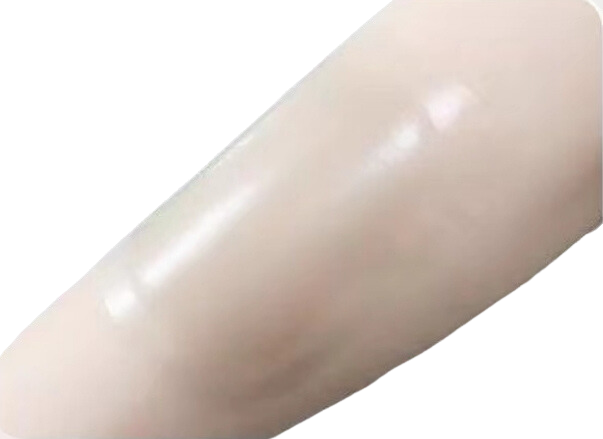Frequently Asked Questions About Hydrocolloid Dressings
9/22/20241 min read


What Are Hydrocolloid Dressings?
Hydrocolloid dressings are advanced wound care products designed to manage exudate and create a moist environment conducive to healing. Typically made of gel-forming agents, they offer an effective barrier against bacteria and contaminants while maintaining moisture.
When Should Hydrocolloid Dressings Be Used?
These dressings are ideal for various types of wounds, including pressure ulcers, minor burns, abrasions, and even some surgical sites. The primary function is to promote healing by keeping the wound moist and protected from external factors. They are especially effective when treating wounds with low to moderate drainage.
How Do You Apply Hydrocolloid Dressings?
To apply hydrocolloid dressings correctly, ensure the wound area is clean and dry. Carefully peel off the adhesive backing from the dressing and apply it directly over the wound, ensuring that the edges adhere firmly to the surrounding skin. Smooth out any bubbles to ensure proper contact. It’s important to change the dressing as per the manufacturer's recommendations or when it becomes saturated.
Can Hydrocolloid Dressings Be Used on Infected Wounds?
While hydrocolloid dressings are primarily used for clean wounds, they can also be applied to infected wounds provided there is no purulent drainage. Consult with a healthcare professional to determine the best course of action if a wound appears infected.
How Long Can Hydrocolloid Dressings Stay on?
These dressings can typically remain in place for 3 to 7 days, depending on the level of exudate and the manufacturer’s instructions. It is crucial to monitor the wound regularly. If the dressing becomes saturated or shows signs of odor, it should be changed sooner.
Are There Any Potential Drawbacks?
Though hydrocolloid dressings are generally effective and user-friendly, they may not be suitable for everyone. Some individuals might experience skin sensitivity reactions. Additionally, hydrocolloid dressings should not be used on heavily exudating wounds, as they may not manage drainage effectively.
In summary, understanding the use of hydrcolloid dressings can significantly improve wound care practices. By considering the questions above, you will ensure proper application and management, promoting better healing outcomes.
© 2024. All rights reserved.
